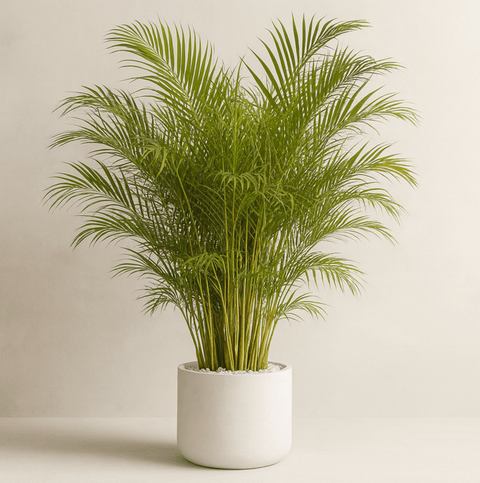Introduction
Creating wildlife-friendly spaces is essential to supporting local ecosystems, especially in fall when wildlife prepares for winter. By planting the right trees, you can provide food and shelter for local fauna while enhancing the biodiversity of your garden. This post will showcase some of the best trees to plant in a fall garden to promote a thriving habitat for wildlife.

Benefits of a Wildlife-Friendly Fall Garden
A wildlife-friendly fall garden provides crucial habitat and food sources for local fauna. By choosing native trees and plants, gardeners support the unique needs of local species. As seasons change, wildlife depends on these trees for shelter and nourishment, helping them survive through the colder months.
Key Features of Wildlife-Friendly Trees
When selecting trees for a wildlife-friendly garden, focus on attributes like fruit production, dense foliage for shelter, and nesting opportunities. It's important to prioritize native species, which are better suited to the needs of local wildlife. Additionally, consider the mature size of the tree and its growth habits to ensure it fits well within your garden space.
Top Trees for a Wildlife-Friendly Fall Garden
Oak (Quercus spp.)
Oaks are a keystone species, supporting a diverse range of insects, birds, and mammals. With their vibrant fall foliage and acorns that provide food for wildlife, oaks are a cornerstone of biodiversity in any garden.

Serviceberry (Amelanchier spp.)
Serviceberries produce edible fruit that attracts birds and other wildlife. In addition to providing food, they offer stunning seasonal interest with beautiful spring blooms and striking fall color.
Red Maple (Acer rubrum)
Red maples are an excellent nectar source for insects, and their dense foliage offers shelter for birds. They are also well-known for their brilliant red foliage in the fall, making them a standout tree for seasonal appeal.
Eastern Red Cedar (Juniperus virginiana)
Eastern Red Cedar provides year-round shelter and its berries are a valuable food source for birds. Its adaptability to various soil conditions makes it an excellent choice for a wildlife-friendly garden.

Sweetgum (Liquidambar styraciflua)
With its star-shaped leaves and unique gumball fruit, the sweetgum tree offers food for insects and birds. Its foliage turns beautiful shades of red, orange, and yellow in the fall, adding visual interest to your garden.
Black Cherry (Prunus serotina)
Black cherry trees offer attractive flowers and berries that are highly favored by birds and insects. Their presence in your garden supports a wide variety of wildlife, making them a perfect choice for biodiversity.
Planting and Care Tips for a Wildlife-Friendly Garden
To maximize the benefits of your trees for wildlife, plant them in clusters and incorporate native shrubs and understory plants. Reduce maintenance by encouraging natural growth, and use organic mulches to promote soil health. Regular watering during establishment and occasional pruning can keep the trees healthy and vigorous.
Additional Elements to Enhance Biodiversity
Consider adding companion plants and ground covers that provide food and shelter for pollinators and other wildlife. Water sources, such as bird baths, and creating natural shelter areas, like brush piles, further enhance your garden's appeal to wildlife.
























Comments (0)
There are no comments for this article. Be the first one to leave a message!